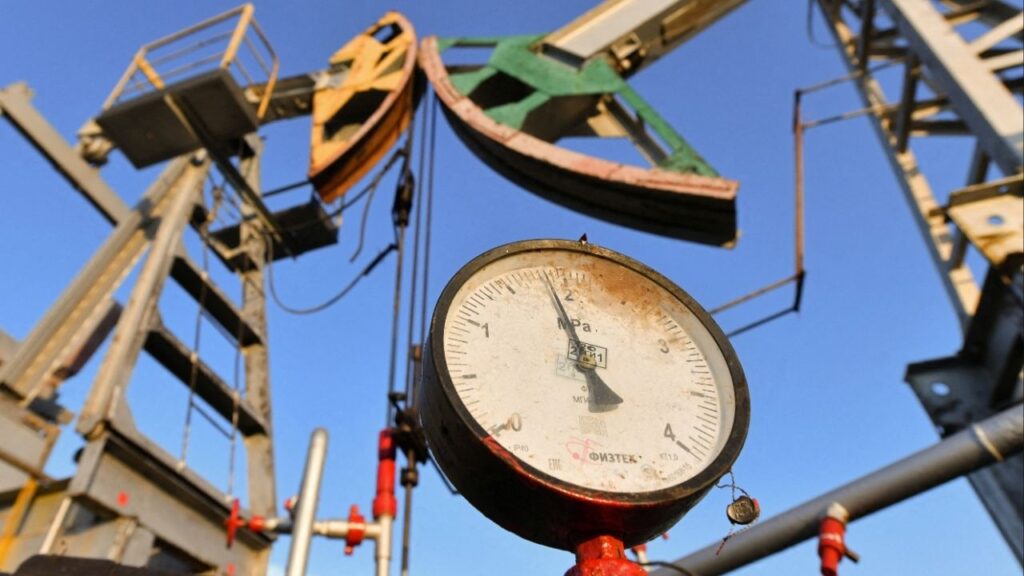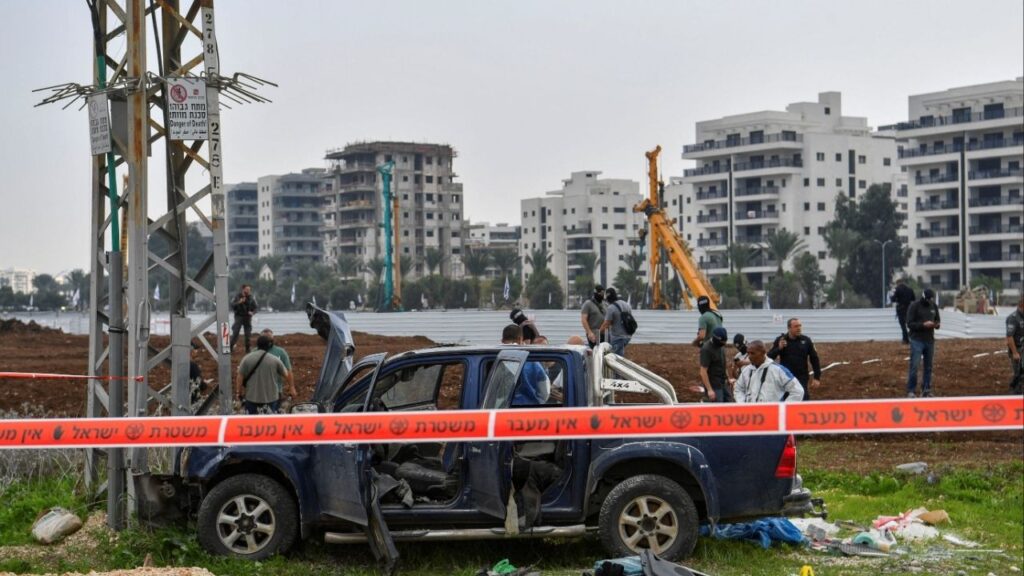Share
In an increasingly interconnected world, the refugee crisis has become a central issue for governments worldwide. Especially after the outbreak of the Syrian crisis, which caused more than one million refugees to cross into Europe in 2015 alone, the debate around forced immigration has started to be addressed by the European Union. The Old Continent has largely found itself unprepared to deal with what Amnesty International has described as the “worst humanitarian crisis since the Second World War.”

Opinion
Cristin Cappelletti
EU Reaches Agreement with Turkey
In 2016, in order to diminish the number of arrivals by sea, the European Union has brokered a deal with Turkey. Following the closure of the borders by Balkan countries, Europe signed a bilateral agreement with Turkey for the management of migratory flows. The text of the agreement stated that “for every Syrian being returned to Turkey from Greek islands, another Syrian will be resettled from Turkey to the EU taking into account the UN Vulnerability Criteria.” An exchange process, aimed at reducing sea-crossing, which also involved the relocation of 18,000 refugees in Europe and the first tranche of 3 billion euros to Turkey.
Greece, which still hosts thousands of refugees, is one of Europe’s poorest countries.
Two years after the EU-Turkey agreement, landings have certainly dropped. In 2015, 856,723 people arrived in Greece, a number that decreased in 2016 where, according to UNHCR data, 173,450 landed and only 29,718 in 2017. Certainly, numbers tell a good story, namely the alleged success of the agreement. Migration flows have indeed diminished, but the reality is very different.
Greece, which still hosts thousands of refugees, is one of Europe’s poorest countries. The high influx of migrants has added tensions to a country which has been dealing with a severe economic crisis since 2009. The lack of proper rescuing and hosting facilities have further deepened Greece’s economic and social crisis. In the last few weeks, the Greek island of Lesbos has witnessed clashes led by far-right protesters who threw bottles and stones at asylum seekers. The unbearable economic crisis and problems driven by the difficulty of social integration among the many asylum seekers and the Greek residents have deepened the tensions of a country already burdened by structural problems.
Migrants Stranded on Greek Island
Further, two years after the deal, Greece, a country suffering from a severe economic crisis, has had to deal with a large number of asylum seekers stranded on the Greek islands due to the slow and complicated process of repatriation to Turkey, and relocation to other European countries. At the moment, Greece would host more than 60,000 asylum seekers in different hotspots. Of these, 15,000 are confined to the Greek islands as a result of a government measure that prevents refugees from moving to Athens, until their asylum request is verified.

Therefore, after the EU-Turkey deal, many member countries were expected, as part of the relocation program, to take in a certain amount of refugees. But, according to latest Eurostat data, the burden was not shared equally among EU countries. Almost half of the beneficiaries from Greece and Italy were relocated to Germany (10,265, 31%) and France (4,483; 15%). Additionally, 9% were transferred to Sweden, 8% to the Netherlands and 6% to Finland. According to the International Organization for Migration, as described in its report, there were 186,768 new arrivals to Europe (Italy, Spain, Greece, Cyprus and Bulgaria) registered in 2017. This represents a 52% decrease compared to 387,739 reported in 2016 and an 82% decrease when compared with more than one million (1,046,599) registered in 2015. In total, the people relocated were 34.563, too less for a continent of 500 million people.
Complications from Asylum Seeker Preferences
However, the differences in the relocation are also due to the asylum seekers’ preferences. Different factors, such as family reunion, or economic opportunities, have shaped the refugees’ application to one country or another. According to Eurostat data, with 198 thousand applicants registered in 2017, Germany accounted for 31% of all first-time applicants in the EU-28. It was followed by Italy (127 thousand, or 20%), France (91 thousand, or 14%), Greece (57 thousand, or 9%), the United Kingdom (33 thousand, or 5%) and Spain (30 thousand, or 5%).

Despite EU’s efforts to control the influx of migrants, the central Mediterranean route remains one of the deadliest; yet EU countries are still not doing enough to equally share the burden of hosting and welcoming thousands of refugees and finding a comprehensive and communitarian plan for their assistance.
Cristin Cappelletti is a writer for the online Italian publication L’Indro focusing on in-depth analysis about the Middle East, women’s issues and human rights.
Categories



















